
Lack of rain in the last few years, overuse and the possible agrochemical contamination of the Caimital-Potrero aquifer are the main reasons that the primary water source for about 25,000 inhabitants of Hojancha and Nicoya could be put at risk.
The Potrero-Caimital water basin is located five kilometers south of downtown Nicoya, near the area of Pedernal and covers an area of about 14,000 hectares (34,600 acres).
Research published in January of 2015 by the National Irrigation and Drainage Service (SENARA- Servicio Nacional de Riego y Avenamiento) warned that the 11 wells analyzed with records from 2005 to 2014 show an overall decrease in the amount of water as a result of the drought from 2012 to 2014 that is still affecting the province of Guanacaste.
In addition, the report warned that there could be contamination due to induced recharge. Induced recharge occurs through plantation irrigation on the soil surface, which, since it is dry, absorbs the water, which could carry chemical particles to the aquifer.
The main areas of recharge for the aquifer are located in the foothills, where the mountains begin near the reservoir.
Clara Agudelo Arango, the coordinating geologist for Senara’s water management unit who authored the study, explained that eight of the 11 wells of the aquifer had decreases in water level. However, three wells had an increase above normal levels recorded in a period of 10 years of monitoring, which could be due to induced recharge from an artificial source.
|
Caimital-Potrero Aquifer 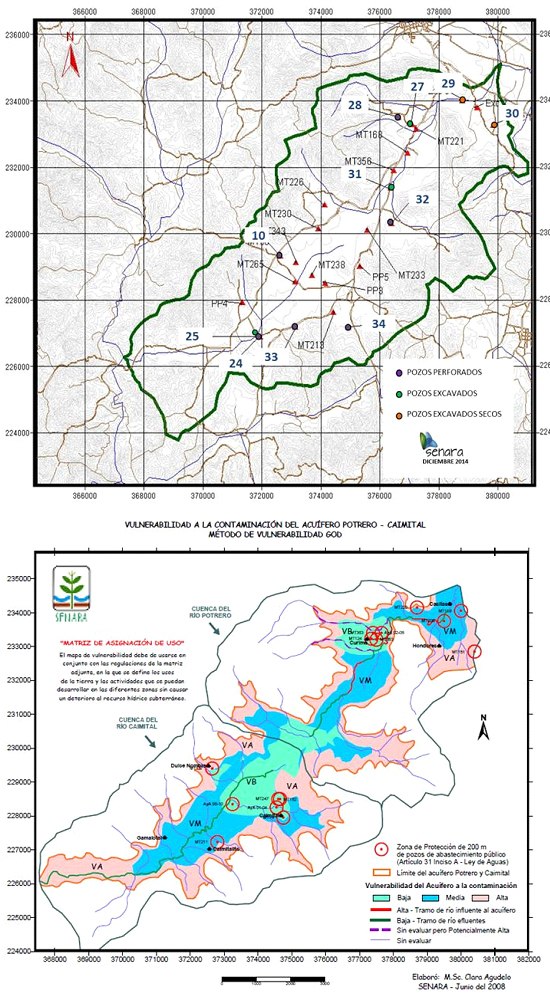 |
The three wells are number 25 (registered in the name of Rafael Quiros), 31 (in the name of Arnoldo Fajardo) and MT197 (AyA).
The geologist could not pinpoint their exact location and stated that the only thing that can be said for certainty is that there has been an increase in water volume in the wells.
However, to know for sure why these three wells show higher levels of water, Senara needs to do an analysis.
“They have a different behavior with respect to water levels, so this could be due to an induced recharge from an artificial source [that could be filling them with water]. This has nothing to do with water quality. It could be related to induced recharge; it might not even have anything to do with irrigation activity. That is part of the analysis that we should do and verify,” she stated.
Looking to Change Crops
Nelson Gamboa, president of the Nicoyagua Foundation, said he is concerned about contamination because some farms in the area “spray melon with insecticides, and since there is no rain, the water seeps into the ground (induced recharge),” he said.
That is why Nicoyagua, along with other organizations like the Ministry of Agriculture and Livestock (MAG- Ministerio de Agricultura y Ganaderia) and the Ministry of Health, will be meeting with the owners of some of the melon farms to explain their concern and try to change the production activity in this area of the aquifer .
However, geologist Aguledo said that she believes that before changing melon cultivation, a study of the area is required. “I think that openly saying that melon farming has to go is a technical error, because the conditions of the site where this activity or any other human activity is being developed must first be evaluated,” she indicated.
Because of this situation, the document from Senara ordered not increasing use of the aquifer, either with new wells or by pumping more water from existing wells.
Also, Senara ordered AyA to monitor water quality and use of the reservoir wells.
Max Gomez, head of the Nicoya AyA office, reported that they perform monthly tests on the Potrero-Caimital aquifer to determine water quality. “We do monthly potability and chemical tests to ensure that the water is safe,” he stated.
Agudelo thinks that all of these tests are necessary. However, she believes that AyA should take it a step further. “It would be advisable that, in addition to water quality analysis, samples be taken of substances that could be associated with the land use that is taking place above the waters of these wells.”
Above the water is precisely where some of the farms are that use irrigation in their agricultural plantations.
Concern About Garbage and Sand Removal
Other concerns about the aquifer are the proliferation of clandestine garbage dumps near the aquifer recharge areas as well as the extraction of sand from the riverbeds.
Max Gomez, from AyA, said that the problem of sand removal is that it harms water turbidity because moving the ground along the river banks increases the amount of sediments transported in the water that enter the aquifer.
In order to remove the sediments and generate potable water, AyA treats the water with sulfate.
“If there are more sediments in the water, we have to use more sulfate to separate them to make the water potable,” said Gomez.
Nelson Gamboa said there is no regulation regarding exploiting sand in the aquifer. “There is removal of sand, there are stables near the Potrero river that dump wastes (horse manure) in the rivers and sources of garbage and AyA does nothing.”
Max Gomez responded to this by saying that they keep an eye on the aquifer every day by means of security personnel making rounds at the AyA water treatment plant, located in the vicinity of Pedernal. However, he said that AyA can’t monitor Potrero river or the surrounding areas because they don’t have the staff or the aptitude to do so.
“If anyone knows about these anomalies, they should report it to MINAE and the Ministry of Health,” said Gomez.
Finally, in her report, Agudelo recommended that a management plan should be established for use of the aquifer and steps should be taken to ensure that water use is sustainable.
“The aquifer is in a state of drilling regulation, under which priority and use permits are conditional to public supply (only for human consumption),” she said.
She added, “We are going to continue with the investigation. We are contacting different local players to collaborate and monitor the aquifer, the technical commission, AyA, Senara and MINAE’s water administration.”


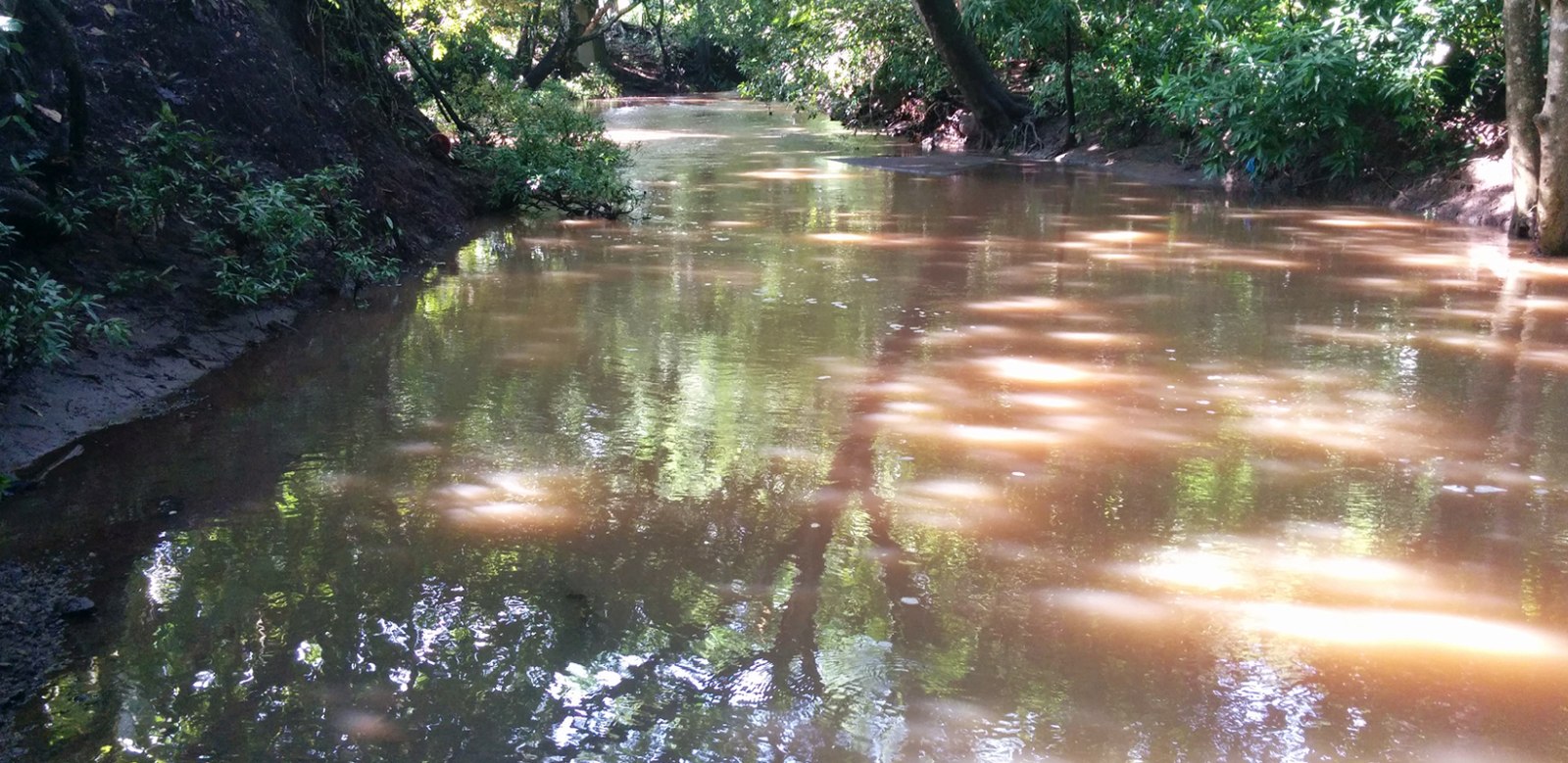
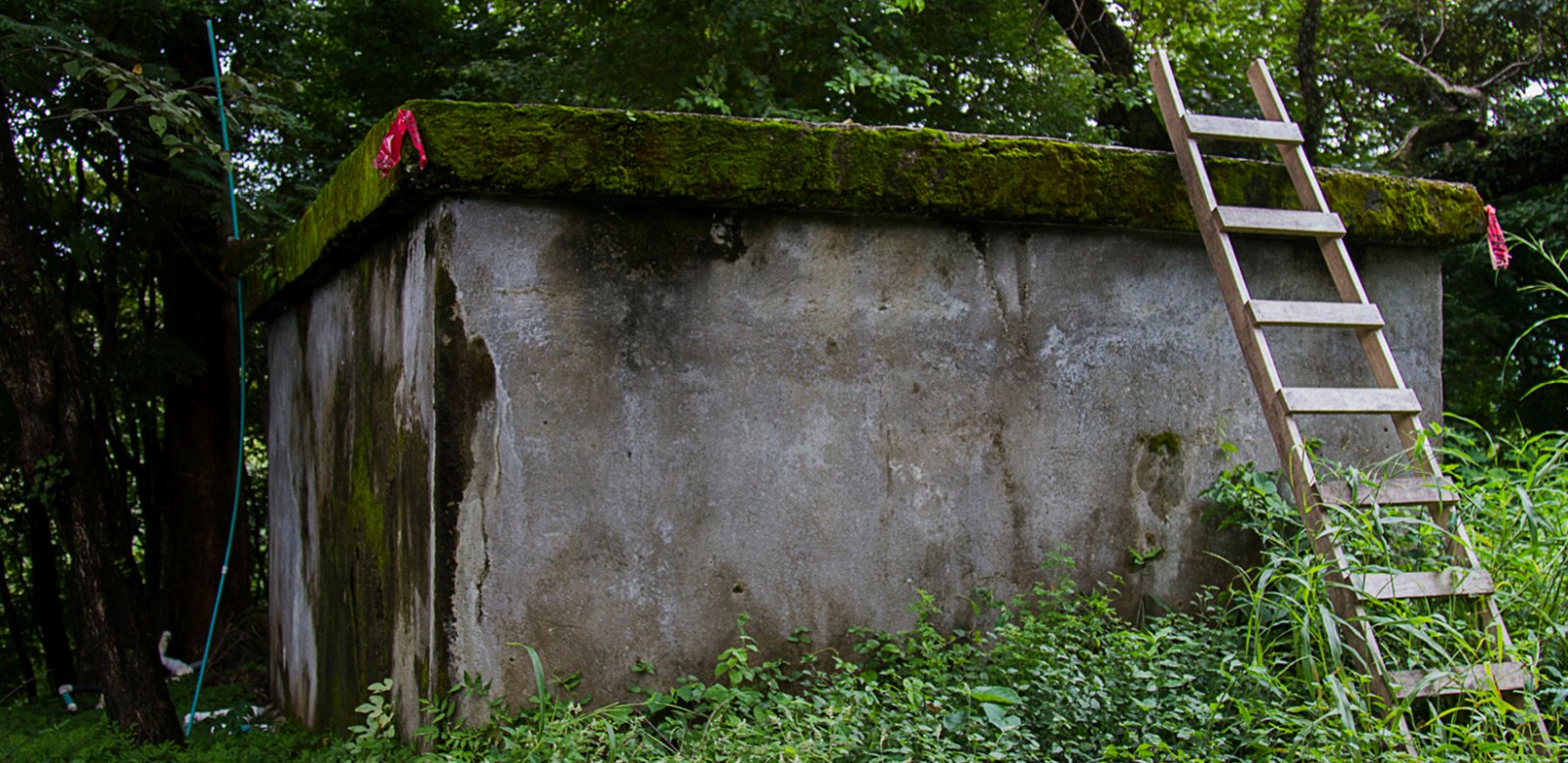
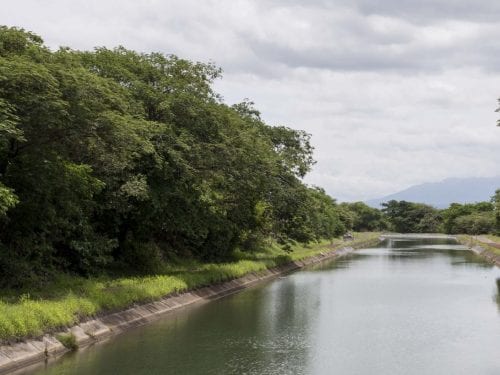
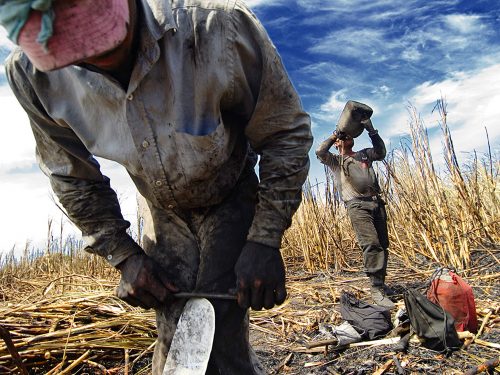

Comments